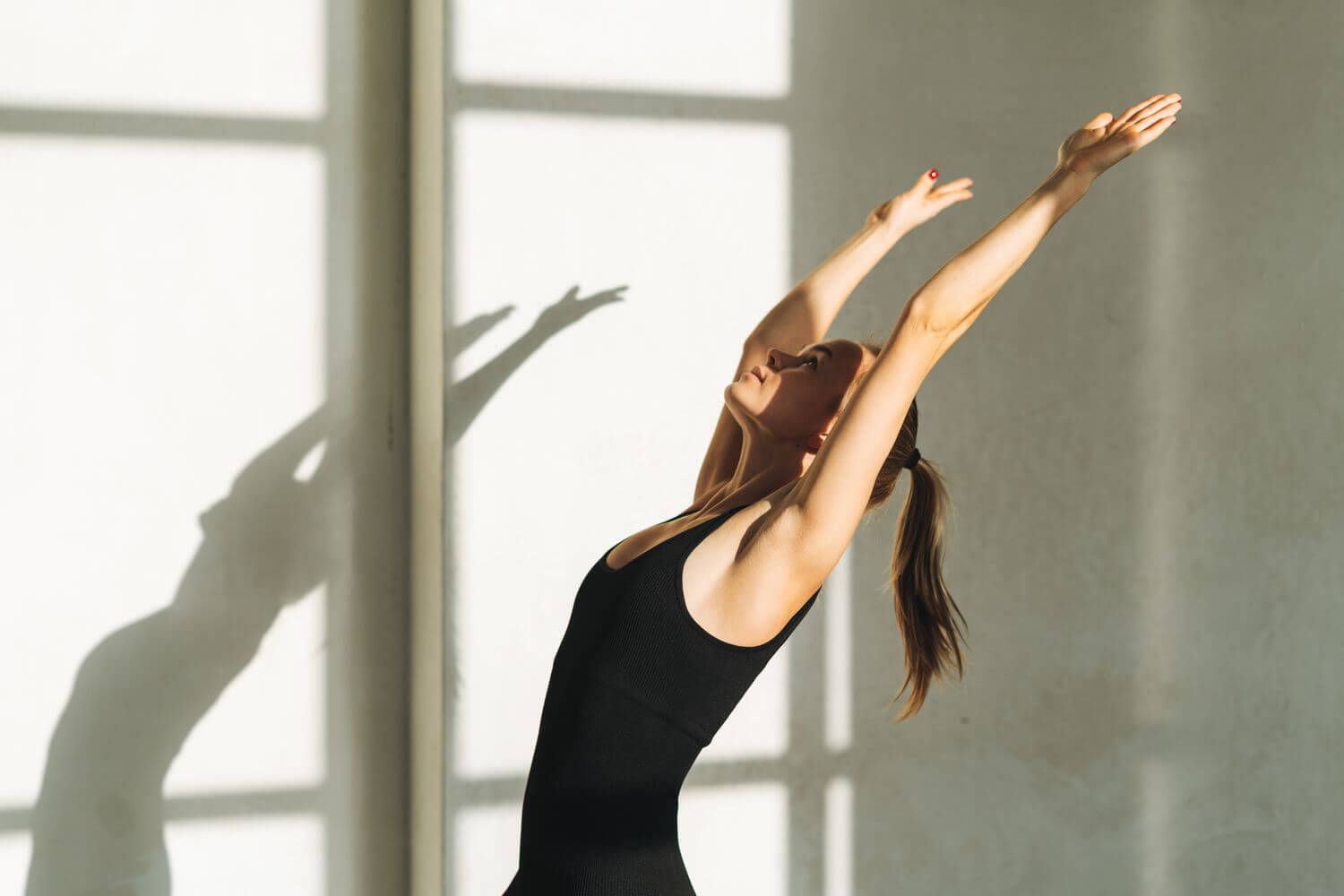- Thriving Guide
- Posts
- The Surprising Link Between Back Stretching and Lower Blood Pressure
The Surprising Link Between Back Stretching and Lower Blood Pressure
Simple back and shoulder stretches could support heart health and help you feel more calm here’s what the latest research reveals.

Stretching may do more than improve your flexibility it might also help lower your blood pressure and ease tension in your body. While it’s long been known that yoga and stretching can support relaxation and reduce stress, new research suggests that specific back and shoulder stretches may also provide heart-protective benefits by gently lowering blood pressure.
Whether practiced alone or paired with aerobic exercise, stretching could be a valuable and accessible tool for supporting cardiovascular wellness and mental well-being.
How Stretching Affects Blood Pressure
A new study published in Physiological Reports examined 24 healthy adults and found that gentle back and shoulder stretches resulted in an immediate drop in blood pressure without increasing heart rate. Participants, who were referred to the University of Minnesota Medical Center for fainting evaluations, experienced a calming effect from these basic movements.
"Stretching of the back and shoulders is something that many people do naturally without thinking about it," said Dr. David Benditt, senior study author and professor of medicine. "It just feels good, especially when awakening." The research helps explain why that natural instinct to stretch feels so grounding.
Why Stretching Works
When you stretch, your muscles send signals through the nervous system that cause blood vessels to relax. This effect, according to sports cardiologist Dr. Aubrey Grant, helps reduce overall tension in the body and contributes to a temporary lowering of blood pressure.
While the blood pressure-lowering effects of stretching are often modest and short-term, they may still serve as a useful complement to existing heart health strategies.
What the Research Says:
A 2020 study showed that a 12-week stretching routine reduced arterial stiffness and improved blood pressure.
Another small trial found that stretching might be more effective than walking in reducing blood pressure for some individuals.
Stretching is especially helpful in combination with mindfulness practices like yoga or pilates, both of which support heart rate regulation and reduce stress hormones.
Dr. Sean Heffron, a preventive cardiologist at NYU Langone Heart, explains that while stretching isn’t a replacement for cardio-based exercise, it can still contribute to long-term cardiovascular wellness as part of a holistic approach.
How to Incorporate Stretching into Your Routine
Stretching doesn't have to be complex or time-consuming. You can weave it into your day alongside walking, cycling, or strength training. Here’s how to start:
Warm up first with a short walk or light movement
Focus on major muscle groups including the back, shoulders, hamstrings, and hips
Hold each stretch for at least 30 seconds
Aim for 20 to 30 minutes of stretching, most days of the week
Pair stretching with deep breathing for maximum calming benefits
Safety Note: If you have high or low blood pressure, avoid inverted poses (like standing toe touches) that place your head below your heart. Instead, try seated stretches like sitting on the floor and reaching forward which keep your blood pressure more stable.
Stretching + Cardio = A Powerful Duo
Many cardiologists now recommend stretching as a complement to aerobic workouts. When combined, the benefits are even greater: improved flexibility, enhanced circulation, reduced stiffness, and a lowered risk of hypertension and cardiovascular disease.
As Dr. Grant puts it, “When combined with aerobic exercise, resistance training, healthy nutrition, and good sleep habits, stretching helps create a comprehensive and sustainable approach to cardiovascular wellness.”
And if it helps you feel more grounded, more present, and just a little more at ease? That’s a bonus your heart will thank you for.
For more wellness-focused tips like this, subscribe to our newsletter or share this article with someone you care about.